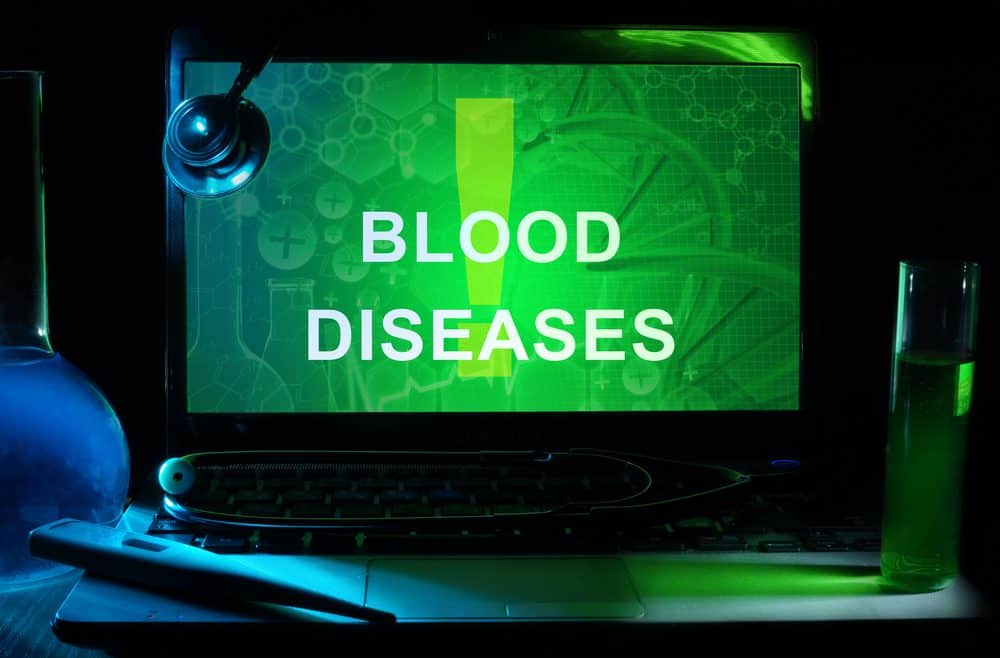Myelodysplastic syndrome consists of a group of disorders caused when blood cells don’t function properly or are poorly formed.
They essentially result from issues inside the bone marrow of your body.
What Causes Myelodysplastic Syndrome?
Healthy bone marrow makes new blood cells that mature over time. Myelodysplastic Syndrome occurs when these cells don’t mature and die.
As these damaged cells die or enter the blood stream, they begin to displace healthy cells, which leads to health issues for those suffering from the disease.
What Are Myelodysplastic Syndrome Risk Factors?
Risk factors include:
- Advanced age
- Chemotherapy or radiation treatments
- Chemical exposure
What Are The Signs and Symptoms Of Myelodysplastic Syndrome?
The most common signs include:
- Shortness of breathe
- Fatigue
- Paleness
- Easy bruising or bleeding
- Pinpoint red spots on the skin
- Recurring infections
What Are The Treatments for Myelodysplastic Syndrome?
Treatments include medication, blood transfusions and bone marrow transplants.
Most Myelodysplastic Syndrome medications are designed to stimulate or increase the number of blood cells the body produces, while other help manage other side effects or reduce blood transfusions.
Blood transfusions are used to replace red blood cells and platelets for those suffering from Myelodysplastic Syndrome.
Finally, bone marrow (also called stem cell) transplants are used in extreme cases and while they can potentially cure Myelodysplastic Syndrome, they carry significant risks that should be considered carefully.
If you believe you or a loved one may be experiencing signs and symptoms of Myelodysplastic Syndrome, please see a medical professional as soon as possible to get a proper diagnosis.








